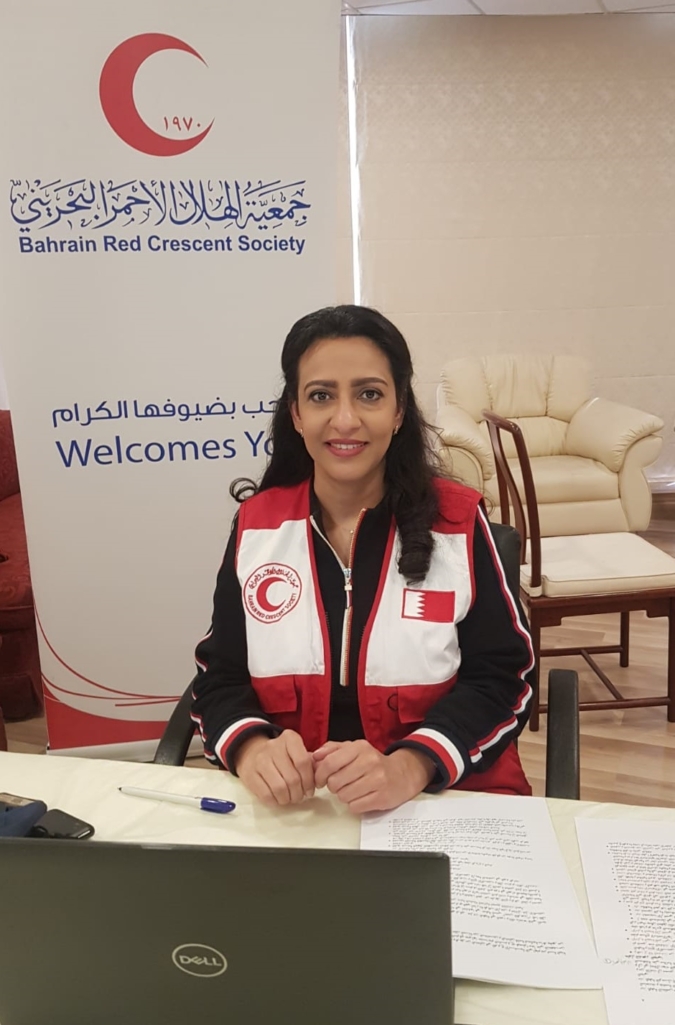The Bahrain Red Crescent Society (BRCS), in cooperation with the General Secretariat of the Gulf Cooperation Council, organized a workshop on agriculture and the environment presented by Dr. Nilofer Jahromi, head of the agricultural environmental team and Head of Young & Youth Committee in the society, in which 45 volunteers and those interested in the environmental field from the national societies of the Red Crescent in the Arab Gulf countries participated.
The course covered climate change, the economic, social, and environmental consequences of environmental degradation, the importance of afforestation and agriculture in our daily lives, and how to select and use plants in landscaping, planting, caring for, and maintaining them through various processes such as reproduction, irrigation, and fertilization.
Mr. Mubarak Al-Hadi, Secretary-General of the Bahrain Red Crescent Society, explained that this training course is part of the Society’s desire to incorporate the environmental aspect into its relief and humanitarian work, as environmental disasters such as floods, desertification, and extreme heatwaves are among the most serious challenges that humans face.
In this context, Mr. Al-Hadi referred to a recent call by the International Federation of Red Cross and Red Crescent Societies regarding the need to act urgently to confront climate warming and to warn the Federation of a broader catastrophe from the Covid-19 pandemic considering the continuing climate change and its great danger in the medium and long term to the Arab Gulf region Planet Earth and human life.
For her part, Dr. Jahromi explained that the two-day course dealt with many topics, including the concept of the environment and climate change, the balance in nature and the cycles of the ecosystem, the impact of human activities on the environment, environmental degradation, and its effects, facing environmental challenges and proposed solutions to environmental degradation, the importance of afforestation and how to choose plants and their cultivation, and plant groups to identify them, their benefits and needs, how to grow them and use them in coordination, reproduction, and care of crops.

